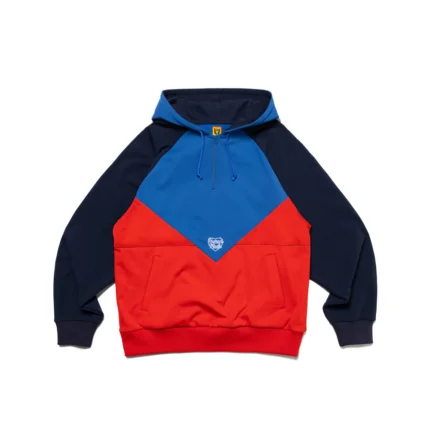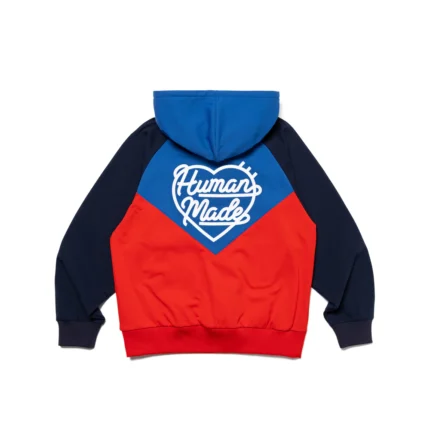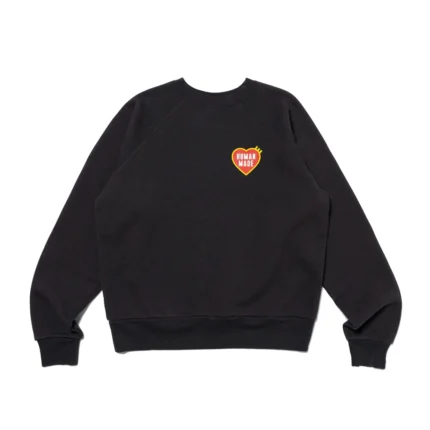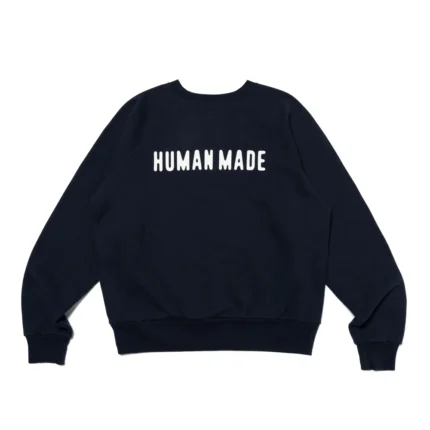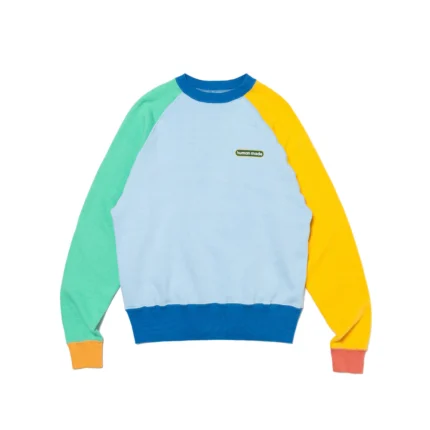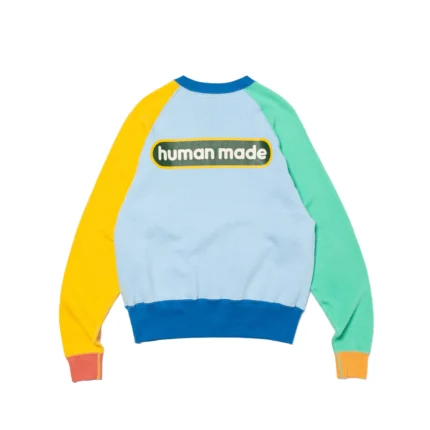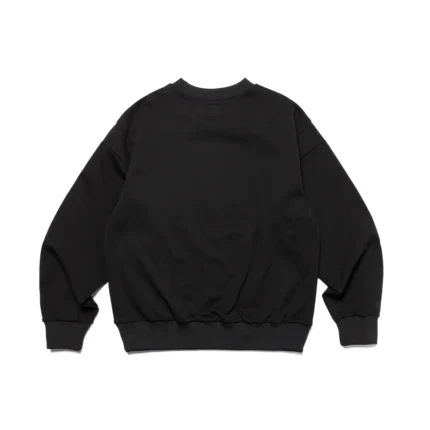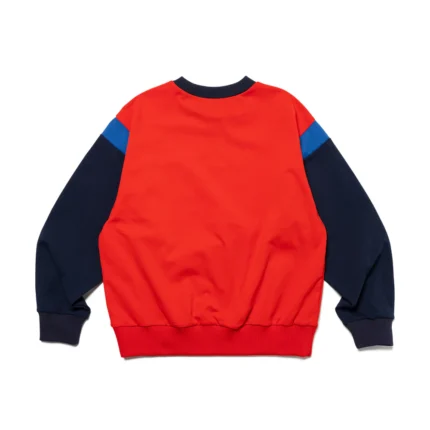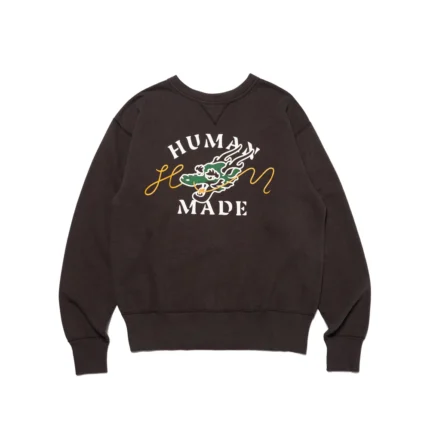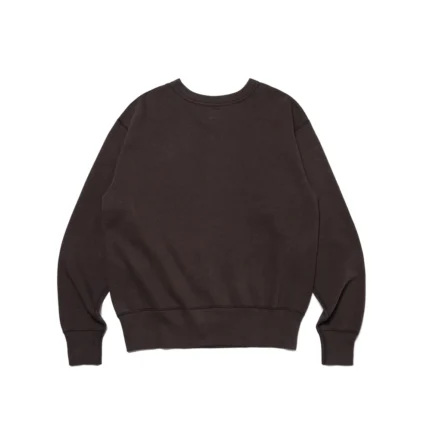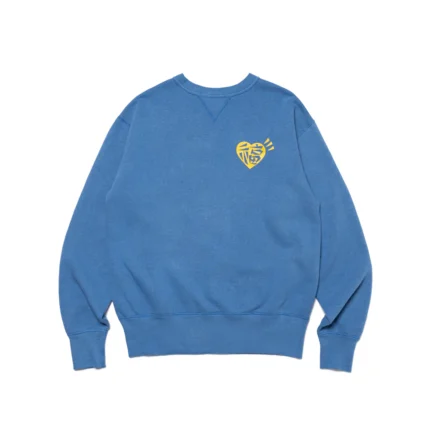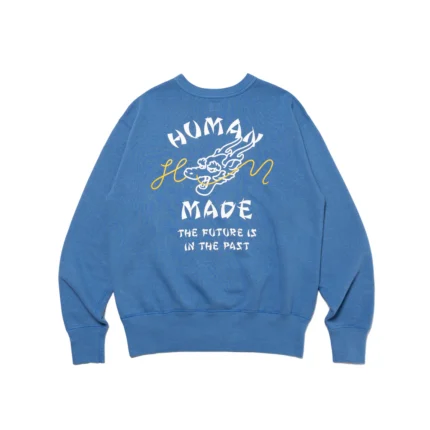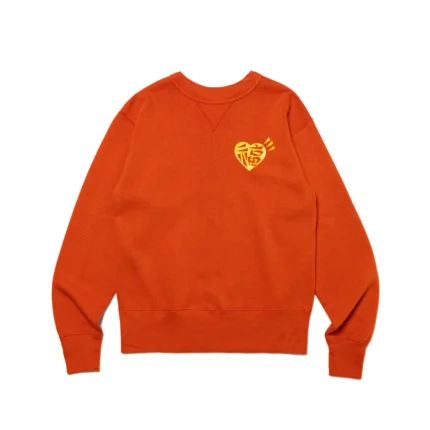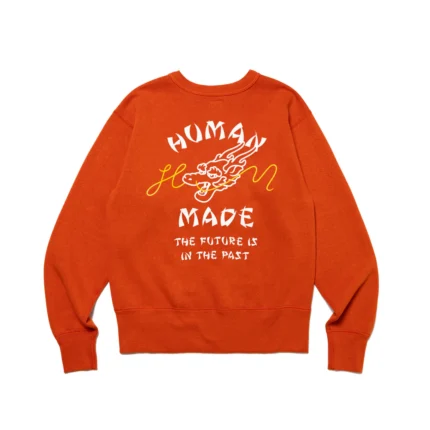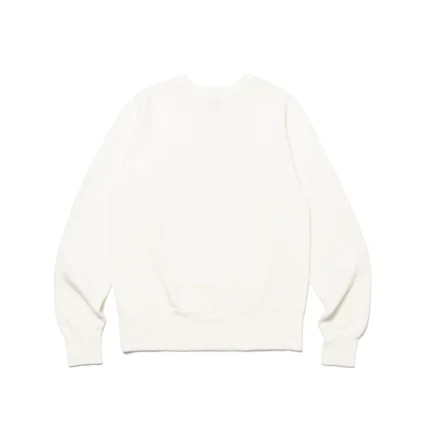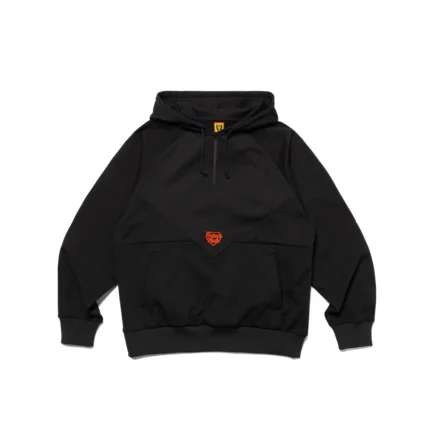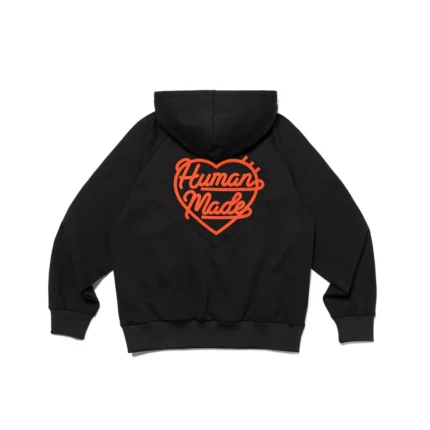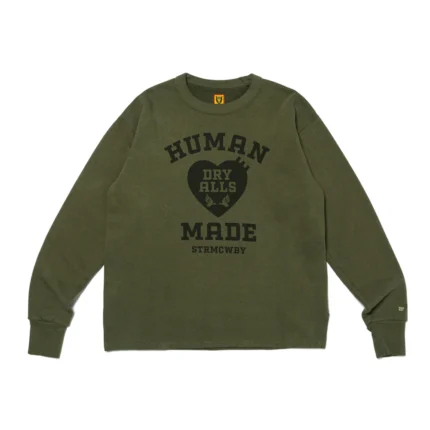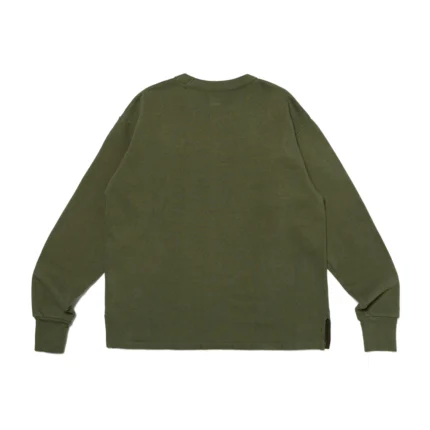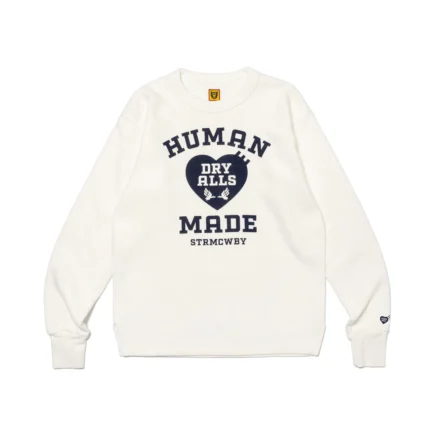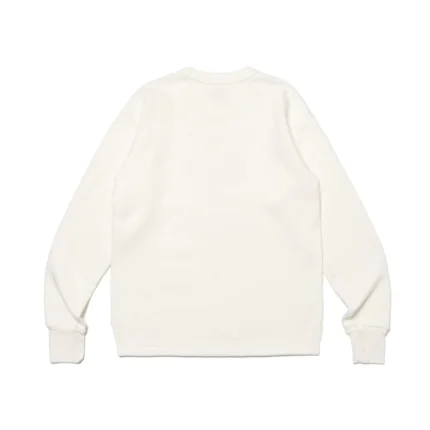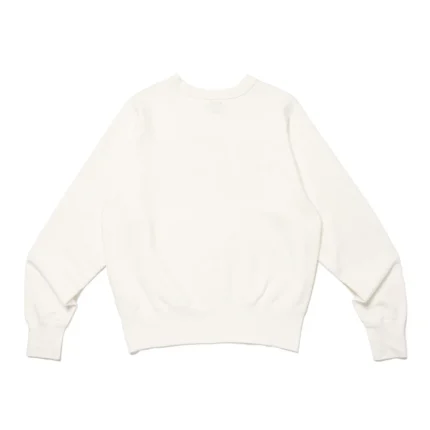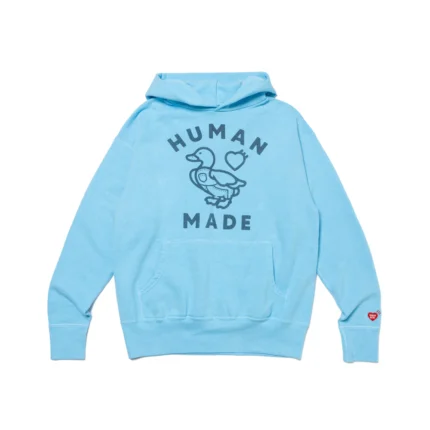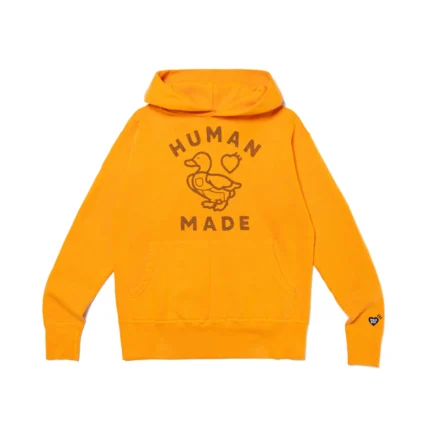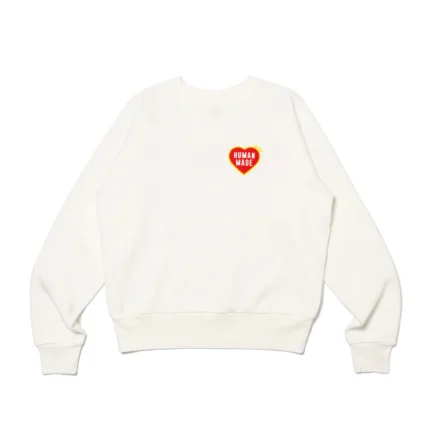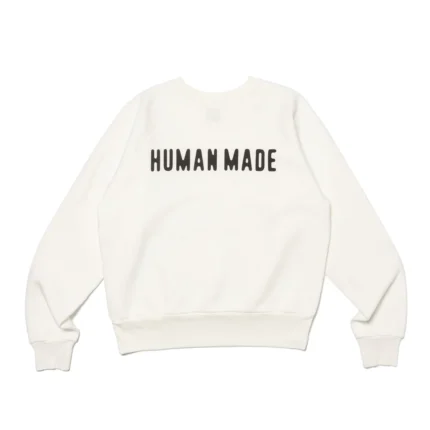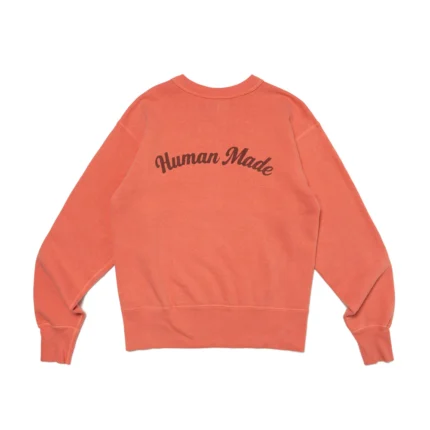Human Made Sweater
A sweater is a garment commonly made of heat wool, cotton, or artificial fibers and is designed to grant heat and comfort. They are normally knitted or crocheted and have a lengthy record as a garb object for humans. In recent times, Human Made Clothing have grown to be increasingly more famous and can be determined in quite several patterns and designs.
Types of Human Made Sweaters
Cardigan
A cardigan is a kind of sweater that fastens at the front with buttons, zippers, or brooches. It is usually knitted in one piece, with an open front and long, equipped sleeves. Cardigans can be worn over a shirt or shirt and are frequently viewed greater informal than different kinds of sweaters.
Pullover
A pullover is a kind of sweater that does now not have a closure and is pulled over the head to wear. It is usually made from a single piece of cloth except for any seams. Pullovers can be worn on their very own or underneath a jacket or coat in less warm weather.
Turtleneck
A turtleneck is a kind of sweater that has a high, close-fitting collar that rises and covers a section of the neck. They are normally made from a wool or cotton mixture and can be both informal and dressy. Turtleneck Human Made are famous at some stage in the wintry weather months as they grant a hotter and more comfortable fit.
V-Neck
A V-neck sweater is characterized by its V-shaped neckline, which is deeper than a crew neck. The V-shape is created by using reducing the neckline diagonally from the core to the shoulders. V-neck sweaters can be worn on their very own or layered with a shirt or jacket.
Crew Neck
A crew neck sweater is a kind of sweater that has a spherical neckline that is excessive and close-fitting. It is usually made from a wool or cotton mixture and can be worn on its own or layered with different garments. Crew neck sweaters are famous for daily put-on and come in more than a few patterns and designs.
Materials Used
Sweaters can be made from several materials, relying on the preferred appearance and functionality. Some of the normally used substances include:
Wool: Wool is an herbal fiber that is recognized for its warmth, durability, and moisture-wicking properties. It is typically used for making sweaters due to its capacity to supply insulation and breathability.
Cashmere: Cashmere is a kind of wool that comes from precise goat breeds. It is acknowledged for its softness and warmth, making it a luxurious preference for sweaters. Cashmere sweaters are regularly extra pricey due to the rarity of the material.
Cotton: Cotton is an herbal fiber that is acknowledged for its breathability and comfort. It is regularly used for light-weight sweaters, especially those that are designed for hotter weather.
Synthetic fibers: Synthetic fibers such as acrylic, polyester, and nylon are often used in sweaters. They are regularly chosen for their durability, warmth, and versatility. Synthetic fibers can additionally be machine-washable, making them handy for daily wear.
Care and Maintenance
To extend the existence of your sweater, it is necessary to comply with ideal care instructions. Some regularly occurring suggestions include:
Hand washing or dry cleansing is encouraged to hold the integrity of the fabric.
Use the subtle cycle or hand-wash cycle on your washing machine, if necessary.
Do no longer tumble dry your sweater, as it may additionally cut back or injure the fabric. Use a lint brush to cast off unfastened fibers from the sweater.
Store your sweater in a cool, dry region away from direct daylight to forestall fading and damage.
Conclusion
Sweaters have long been a staple garment in the trend enterprise and have grown to be more and more famous in recent years. They come in a range of styles, materials, and designs, presenting warmness and relief to the wearer. Whether you choose an informal cardigan or a luxurious cashmere turtleneck, there is a sweater to swimsuit for each style and occasion. So, remain heat and fashionable in this wintry weather using donning your favorite sweater


